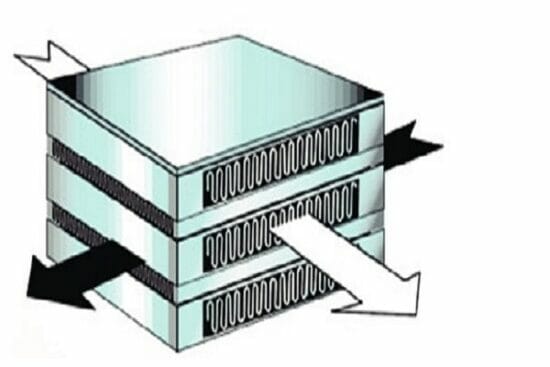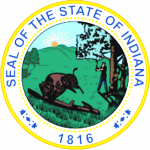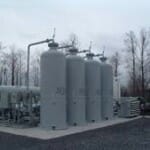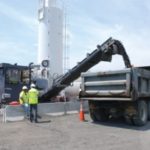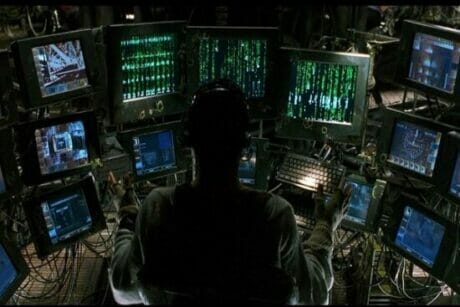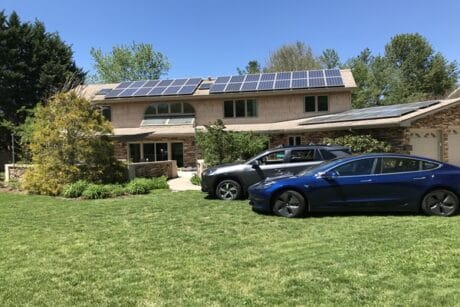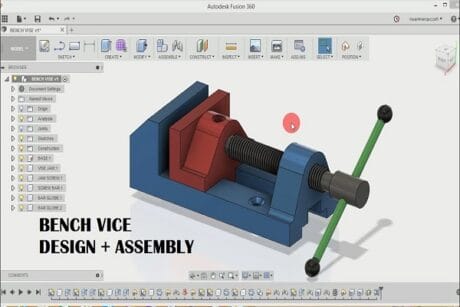No products in the cart.
- Course No E – 2006
- PDH Units: 6
Course No E - 2006
PDH Units: 6
- Course No E – 2006
- PDH Units: 6
Course No E - 2006
PDH Units: 6
Intended Audience: Mechanical , Environmental and Energy Engineers.
PDH UNITS: 6
This course introduces learners to Liquefied Natural Gas (LNG) production processes. LNG is widely used around the world. It is a very compact form of natural gas in liquid form. It is used on very cold days to supplement gas from the interstate pipelines to supply gas load centers like New York, Boston, and other major load areas. Natural gas (essentially the same as vaporized LNG) is the cleanest burning fossil fuel as it contains the least amount of carbon of all the fossil fuels. Thus, many electric power plants now use natural gas or are converting from dirtier fossil fuels to the use of natural gas or vaporized LNG.
Learning Objectives
At the successful conclusion of this course, you’ll be able to identify and discuss:- The methods of pretreating natural gas before liquefaction
- Removal of solids and liquids from the liquefaction feed gas
- Removal of H2S and CO2 from the liquefaction feed gas
- Removal of mercury from the liquefaction feed gas
- Removal of water vapor from the liquefaction feed gas
- Removal of heavy hydrocarbons from the liquefaction feed gas
- How a car air conditioner works
- Refrigerants
- Limitation of single component refrigerants
- Getting down to cryogenic temperatures
- Cascade systems
- Mixed refrigerant systems
- Separated mixed refrigerant systems
- Propane precooled mixed separated mixed refrigerant systems
- Post-production nitrogen removal process
- Joules Thompson processes
- Efficiency improvements of liquefaction systems
- The basics of thermodynamics
- The thermodynamics of refrigeration systems
- Simple air conditioning as an automobile air conditioning system
- The thermodynamics of liquefying natural gas
- Cascade systems (in series single refrigerant systems)
- Mixed refrigerant systems
- Cascaded single and mixed refrigerant systems (C3MR system)
- Cascaded mixed refrigerant systems
Once completed, your order and certificate of completion will be available in your profile when you’re logged in to the site.

